The best graphic cards for 3d rendering 2025
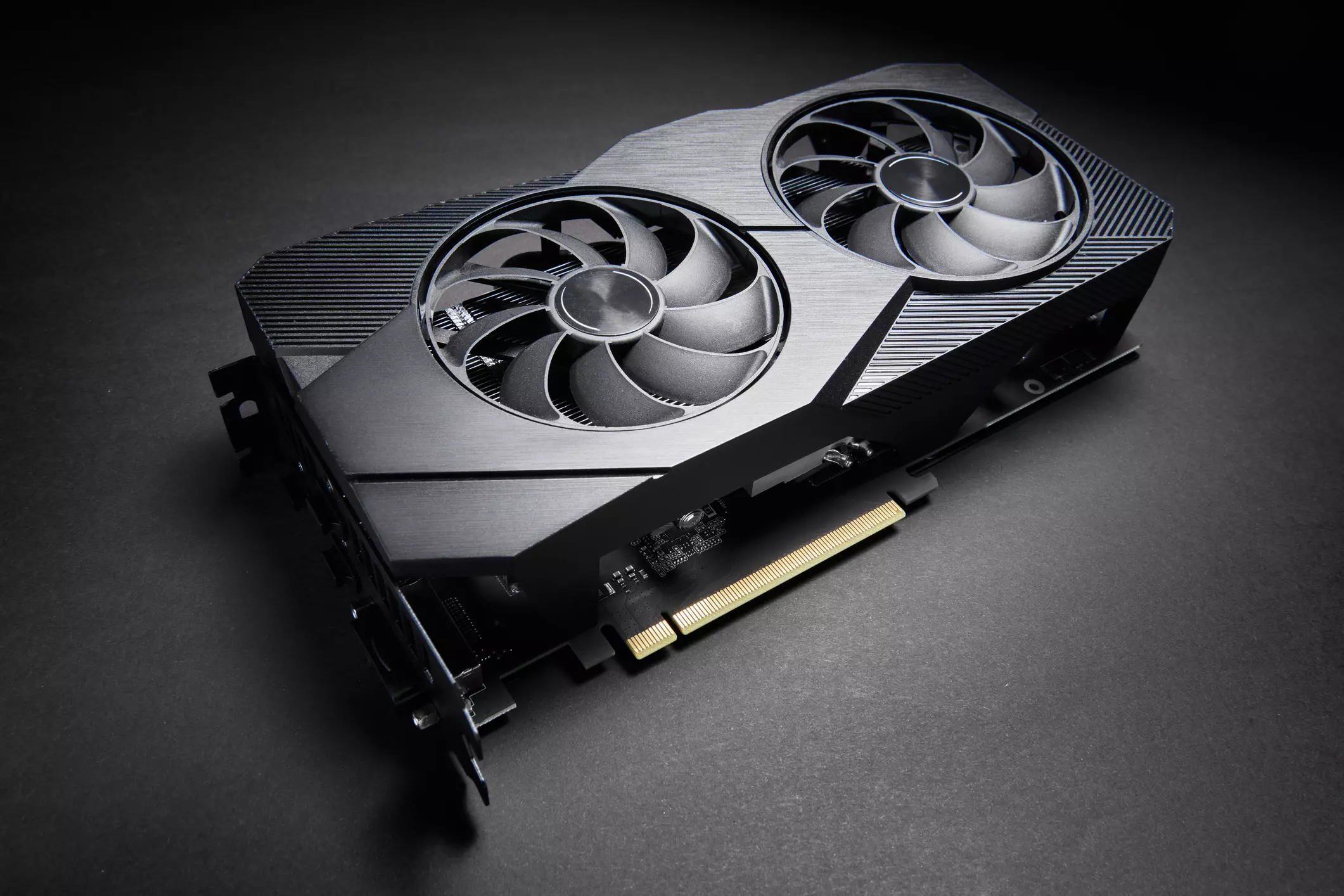
When crafting PBR materials, every 3D artist ensures they work well with the environment and light sources. Yet, this task can become a nightmare when working with a slow processor. Each time the camera moves, or the light source coordinates change, the scene restarts rendering from scratch. Investing even in a cheap graphics card for 3d rendering can accelerate this process by 3-5 times.
The main disparity between consumer and professional graphic cards lies in their software support. The best graphic card for 3D rendering is intricately optimized for exceptional performance in specialized software and ensures maximum compatibility with leading technical programs in computer graphics. Moreover, these card series are backed by the manufacturer for extended periods, making them a substantial long-term investment.
Let’s delve into the list of the best graphic cards 2025, selected by the experts.
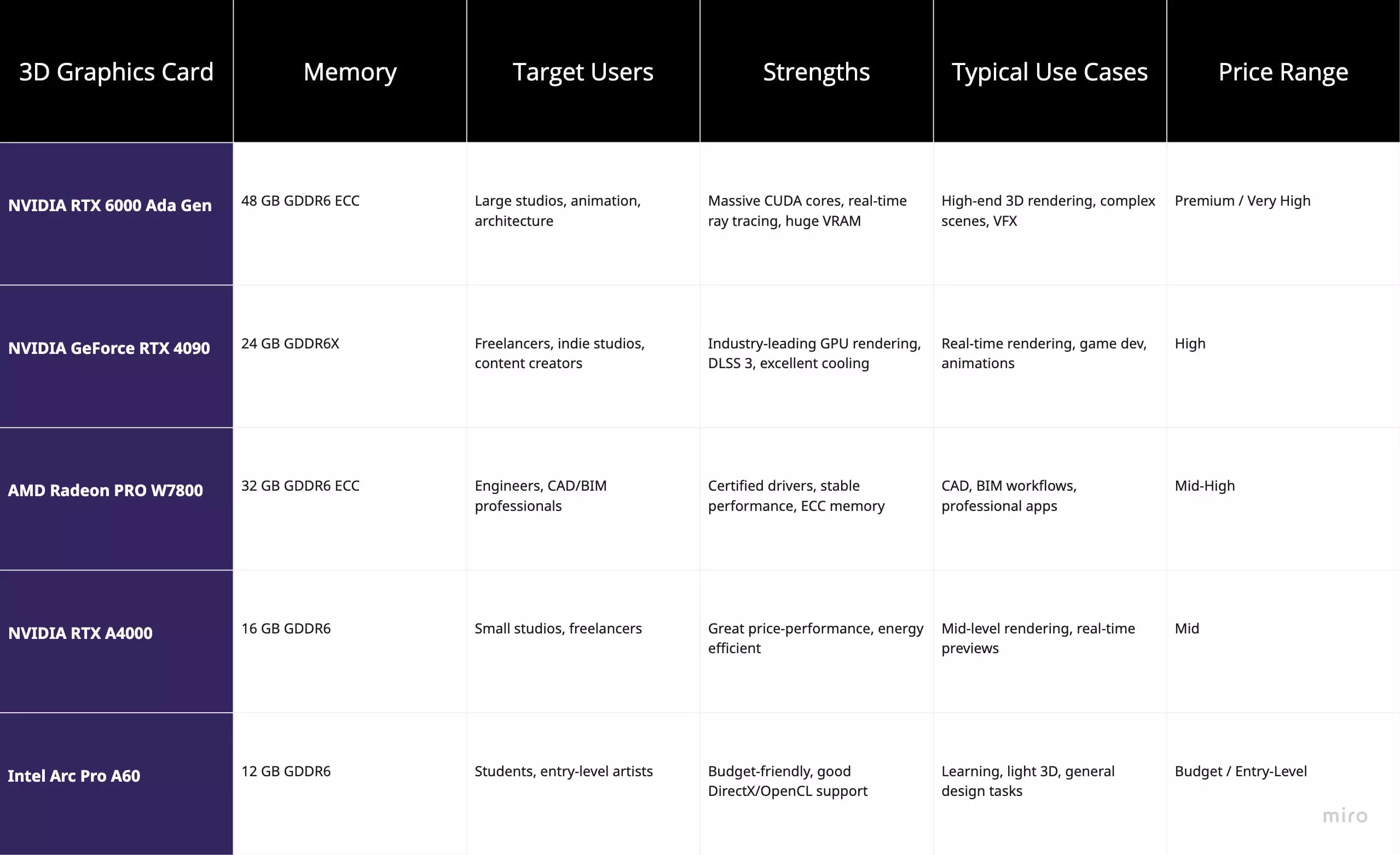
The best video cards for 3D rendering 2025
1. NVIDIA RTX 6000 Ada Generation
Memory: 48 GB GDDR6 ECC
Who should consider this graphics card for 3D modeling and rendering: Animation Studios, Major animation studios, and Engineering and architectural firms dealing with architectural models and construction simulations at BIM to feature-level detail. Consider: Animated films, animated feature-length movies, city meta suburb sculptures, or mb intricate BIM projects.
Why this 3D video card shines: RTX 6000 Ada Generation has immeasurable CUDA cores which lead to faster-than-real multitasking. Real time Ray tracing (Now it’s core RTs), lighting, shadows, and realistic mirrors/fake reflections are now generated in real time leading to astonishing results. You are still free from crashing, freezing or breaks due to the colossal 48 GB ECC memory increase and your textures, huge ones, along with complex simulations.
VFX animation and design studios working on sci-fi blockbusters can now view, design and animate alien landscapes and cities with true value- realistic décor in real-time, which greatly aids work pace improvement. Full-size Cartridge range of skyscrapers can now be manipulated, loaded and edited in design architectural programs in real-time, without reset delay.
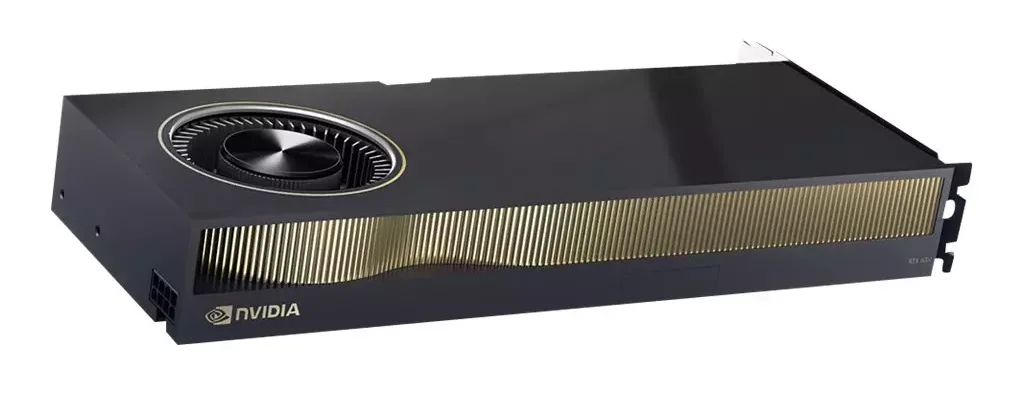
2. NVIDIA GeForce RTX 4090
Memory: 24 GB GDDR6X
Who should consider it: This top best graphics card for 3D modeling and rendering can be considered by singe-self-run cinema studios, professional independent studio filmmakers with exceptional caméra de bureau speed.
Why it shines: No other card renders complex scenes the way the RTX 4090 does. DLSS 3 frame generation also smooths out real-time previews, so even the most intense projects can be navigated with ease. The advanced cooling keeps the beast chill, so no thermal throttling mid-session.
Example: A freelance 3D artist building a detailed game environment in Unreal Engine can intuitively test lighting and effects and get near-instant results. Blender users rendering architectural walkthrough animations also enjoy expedited turnarounds and high-fidelity results.

3. AMD Radeon PRO W7800
Memory: 32 GB GDDR6 ECC
Who should consider this top best graphics card for architecture rendering: Engineers, CAD operators, and BIM specialists who rely on professional-grade software and require rock-solid system stability.
What makes it reliable: With certified drivers custom tailored to professional apps, the W7800 plays nice with your software and saves costly crashes or glitches. Long render sessions – strategically designed for failure without errors – are impossible to afford mistakes. The 32 GB ECC memory ensures data integrity throughout.
Just like the NVIDIA RTX A4000 provided in the example, the A4000 allows an architectural firm to seamlessly navigate in 3D space, do light previews, and have quick render responsiveness. At the same time, the A4000 provides performance reliability so no interruptions occur during important and sensitive client meetings.
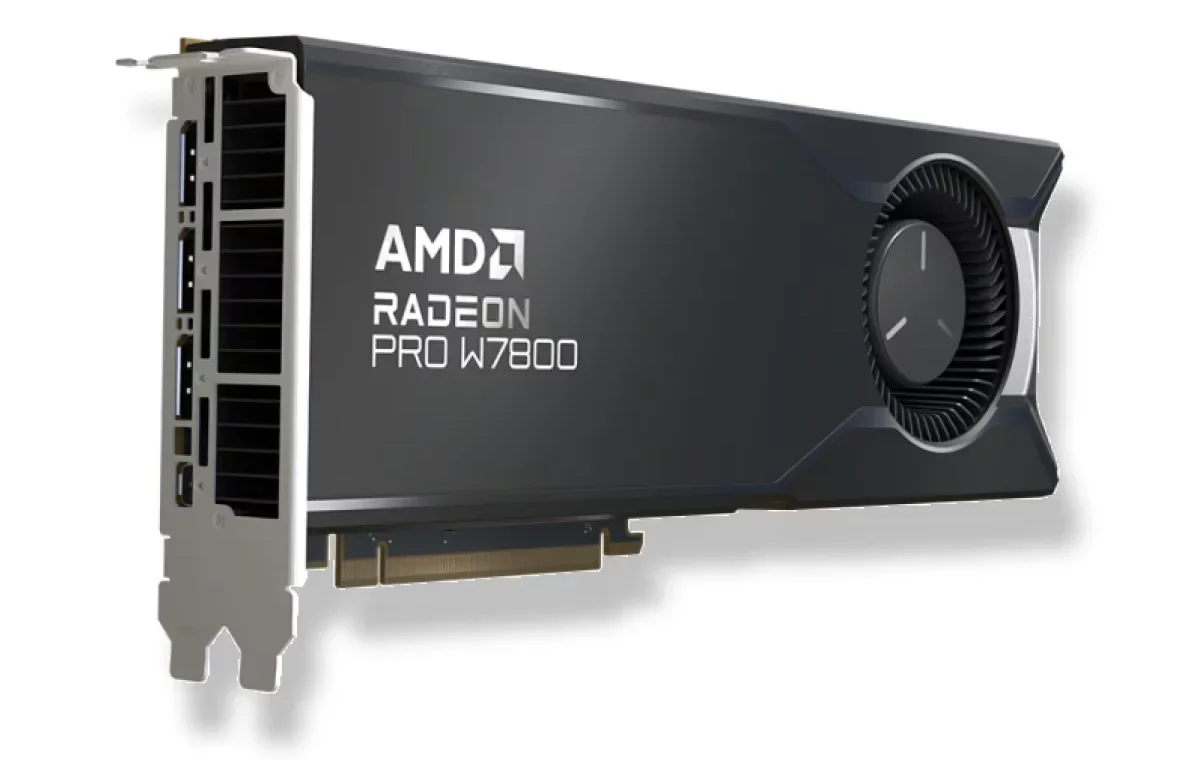
4. NVIDIA RTX A4000
Memory: 16 GB GDDR6
Who should consider this top best graphics card for 3D rendering: Individuals like entrepreneurs, 3D freelancers, small studios, or anyone remotely accomplishing fine grain 3D sculpting in modeling, light preview rendering, and light rendering tasks.
Why it’s a smart buy: The NVIDIA RTX A4000 is a budget-friendly option, many mid to small scale projects will not face difficulties with real time 3D previews (or moderate animations) because of its top best GPU for 3D rendering acceleration and solid energy efficient design which greatly reduces overall power consumption), while still outputting amazing results.
Example: A freelance animator or trim designer can easily imagine the varying textures and light positions in real time,without ever having to deal with delayed renders on an affordable graphics card; it also works for a small animation studio aiming for high novel output without a steep paywall.
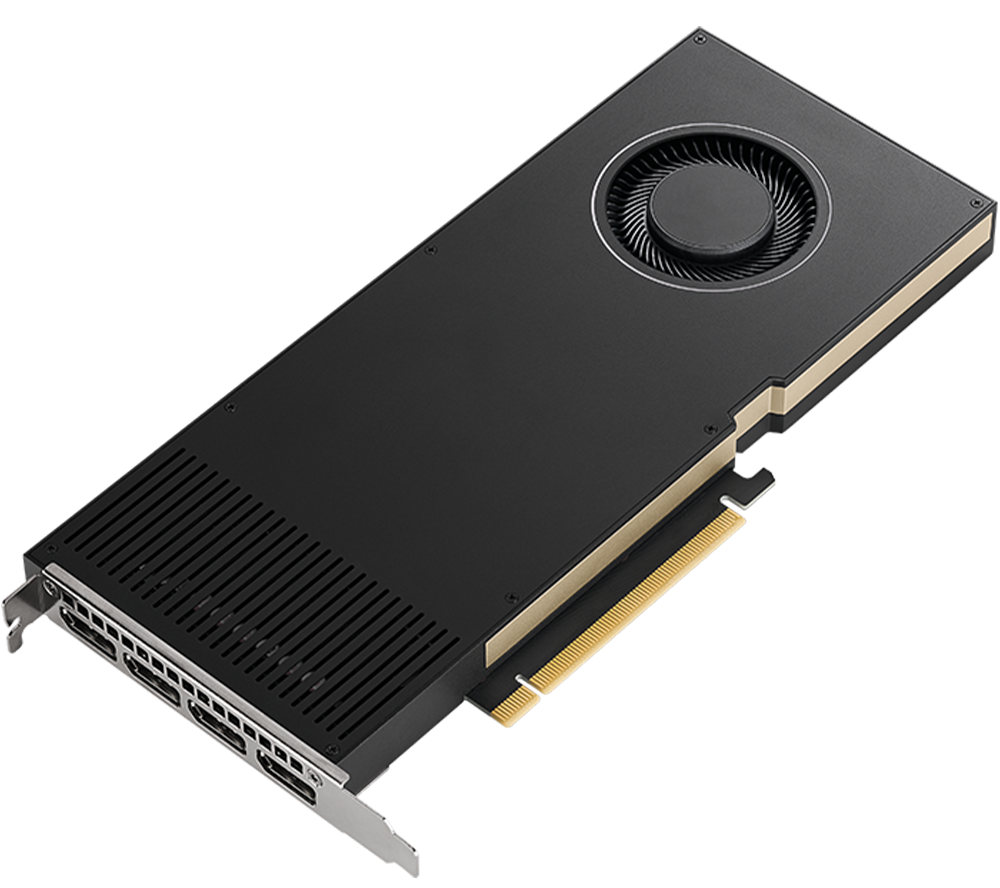
5. Intel Arc Pro A60
Memory: 12 GB GDDR6
Who should consider this best graphics card for rendering: Designed for learners and students, budget bounded entry-level 3D artists, and creative professionals, the Intel Arc Pro is great for light rendering, concept design, and low-level performance tasks.
Why it’s a game-changer: Intel’s new chip has impressive OpenCL and DirectX capabilities which ensures the smooth operation of ordinary design programs alongside light 3D workflows. Its performance is astonishing. Good GPU for 3D modeling. Offers around 12 GB memory, sufficient for most entry and some mid-level complex tasks, and modern APIs so one does not feel obsolete.
Example: A student learning 3D modeling can comfortably handle projects in Blender or Maya without upgrading hardware. Or, make a simple 3D work affordable with no outrageous expenses for elementary 3D modeling prerequisites with this card. Simple 3D tasks would not break the bank making it possible for graphic designers expanding into them.
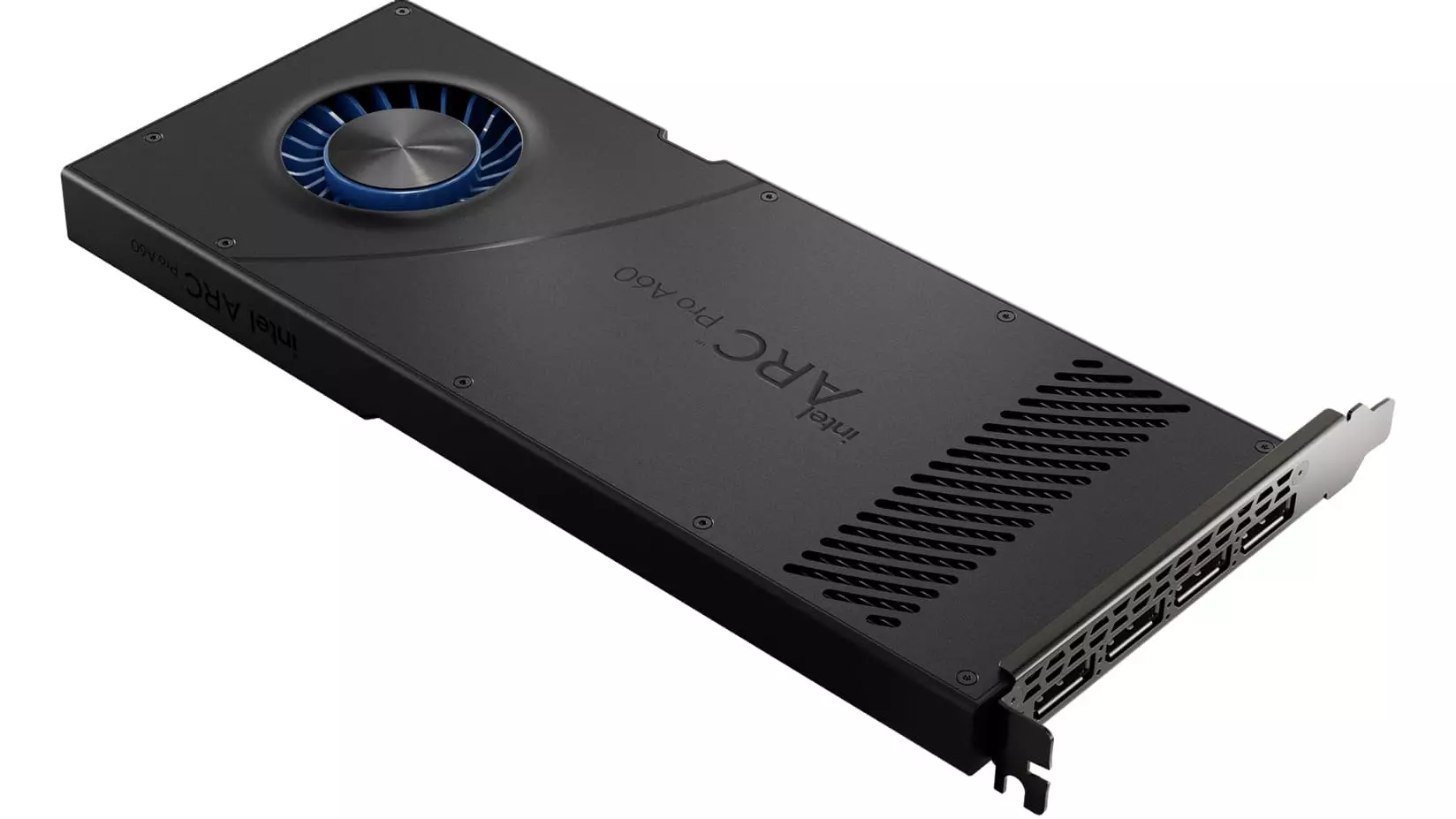
Now let’s delve into the criteria that impact the selection of a professional graphic card for rendering.
Factors to Consider When Selecting a 3D Rendering Graphic Card
Before settling on a GPU for your computer, look at the tips below. We’ve crafted these pointers to ensure you make the most out of your investment and to assist you in selecting the ideal GPU that suits your rendering requirements.
Budget
Budget is the primary consideration when purchasing a GPU. While a high-quality GPU lasts around five years, aligning your budget with realistic expectations is essential. Chasing multi-thousand-dollar cards is possible if they’re within your financial reach.
When budgeting, acknowledge that professional video cards cost more than standard ones. Both display images on monitors, but professional cards are optimized differently in firmware to handle specific tasks like 3D design, gaming, film editing, and 3D graphics. Professional cards also come with drivers tailored for specific professional software, while regular cards can manage similar tasks much slower.
For professional graphics cards for rendering 3d, Nvidia offers a broader range, producing about ten cards per generation priced from $250 to $4,500. Yet, AMD also holds its ground. Their professional cards come with a 3-year warranty, extendable to 7 years.
Video Memory
The GPU relies on quick access to data for optimal performance, similar to how RAM operates for a central processor. This immediate data access, stored in video memory (VRAM), is crucial for efficient graphics rendering. It’s distinct from standard drive storage due to its rapid accessibility.
Critical characteristics of video memory include its type and volume. The relevant types are GDDR6 and GDDR6X, with the «X» denoting an upgraded version. GDDR6X offers enhanced operating frequency and bandwidth, elevating card performance by around 15%. However, GDDR6X is limited to older NVIDIA series. AMD uses standard GDDR6 across its devices.
What Happens if There Is Not Enough Video Memory?
VRAM plays a pivotal role in a computer or laptop’s graphics card. It stores essential data crucial for correctly rendering media files on your screen. When your video memory falls short, the system resorts to slower DRAM (PC random access memory) as a backup.
When there’s insufficient VRAM, it severely impacts graphic quality, leading to freezing or incorrect display of videos on the monitor. This often leads to reduced frame rates, occasional stuttering, and texture issues such as image distortion, lag, and frame tearing.
The card’s power and capabilities are directly linked to the memory available. Even the best 3d rendering graphics card can’t perform complex graphics calculations with limited VRAM.
Power Consumption
Power consumption stands as a crucial specification for any graphic card. Like central processors, video cards are among the primary energy consumers in a computer. Mid-range modern models usually demand between 150 and 250 watts, while superior models require up to 300 watts.
Meeting these power demands is vital through an adequate power supply. Otherwise, the computer may face stability issues like blue screens, unexpected reboots, or other malfunctions. Therefore, when building a computer for rendering needs, factoring in power consumption and choosing a suitable power supply capable of handling this load is crucial.
How to Increase GPU Overall Power Consumption
The video processor and memory don’t solely determine a video card’s overall power consumption. Factors like RGB lighting, cooling system fans, and other components also contribute, sometimes consuming several tens of watts. This can restrict the GPU’s maximum potential. By deactivating additional backlighting, upgrading to more efficient fans with the same power, or opting for a water cooling system, you can significantly boost the overclocking capabilities of these video cards.
Connectivity
Connectivity is vital when selecting the best graphic card for rendering 3d images, ensuring it fits your motherboard. It’s essential to verify compatibility between these components before making a purchase. Many modern card models tend to be quite sizable, often occupying two slots, posing additional challenges for the system’s cooling setup. Therefore, the chosen card must match technical specifications and physical dimensions.
Additionally, foreseeing the need to boost graphics power in the future might require installing an additional second video card. For this reason, the motherboard should support the technical capability to operate with two video cards simultaneously and feature the necessary number of connectors for connection. However, adapters can sometimes offer a workaround.
Also, you should remember the following:
- The number and type of output interfaces are crucial considerations. If you plan to connect two or even three monitors simultaneously, ensure the graphic card has enough connectors with the necessary types.
- It’s wise to verify whether the card supports the resolution of your monitor, especially if it’s large or part of a multi-monitor setup. However, compatibility issues here are typically rare.
Performance
The clock speed of a video card directly influences its performance. Higher clock speeds mean the processor can handle more computations per unit of time. This speed affects how quickly a video card can render objects and prepare frames. Essentially, GPU frequency impacts both the graphics quality and the FPS (frames per second) level in rendering.
However, a graphics chip’s frequency isn’t the sole factor determining its performance. Other contributors include the card’s architecture, the speed and capacity of its video memory, and the data bus width that exchanges information between the card and other components.
Assessing a video card’s power involves considering not just the processor frequency but also these other specifications evaluating them collectively to gauge overall performance.
GPU Performance Class
The key to selecting a card lies in the last two digits of its model name, indicating its performance class:
- 30 and 40: Entry-level models with modest performance, suitable for smaller projects.
- 50 and 50Ti: Mid-range models suitable for small to medium-sized projects.
- 60 and 60Ti: Mid-upper level models ideal for extensive 3D work, particularly in large projects, mainly if they feature ample onboard memory.
- 70, 80, 80Ti, and 90: The best-recommended graphics card for 3d rendering studio, offering the highest available performance.

Summing Up
For skilled 3D artists, investing in a powerful graphic card for 3d rendering is crucial, as it significantly accelerates processes and enhances capabilities. However, choosing the right card demands considerable effort and investment. Moreover, owning modern equipment doesn’t guarantee quality work, especially if other PC components need to be updated.
If you’re a novice and feel hesitant about affording a robust video card or lack the expertise or resources to upgrade your visual system for top-tier rendering, seeking specialized assistance is wise. Genense Studio boasts experts equipped to craft or refine your project, layout, and presentation from scratch.
FAQ
Prioritizing those with high CUDA core counts, ample VRAM, and robust cooling systems means choosing the best graphics cards for your tasks. The popular choices include NVIDIA’s RTX series and AMD’s Radeon Pro. For this reason, take into account your software requirements as well as affordability.
You can purchase graphics cards from online retailers like Amazon, Newegg, and Best Buy, or directly from manufacturers' websites. Local electronics stores and specialty computer hardware shops may also carry a range of graphics cards. Check for the best deals and availability.
For budget-friendly options, consider purchasing an NVIDIA GTX 1660 Super or an AMD Radeon RX 580. For mid-range alternatives, they are the NVIDIA RTX 3060 and the AMD Radeon RX 6700 XT. High-end choices include the NVIDIA RTX 3080 or the AMD Radeon RX 6900 XT which provide cutting-edge performance levels in professional 3D rendering work.
Make sure that your motherboard (inspect its PCIe slot), power supply (consider wattage and connectors) and case size (space allowance with enough ventilation) are compatible with your selected graphic card model. You will have to verify if it can work properly with the drivers of this card on your PC system as well as support its use by a certain type of software used during a process of creating three-dimensional models as well.


Sign up for new articles